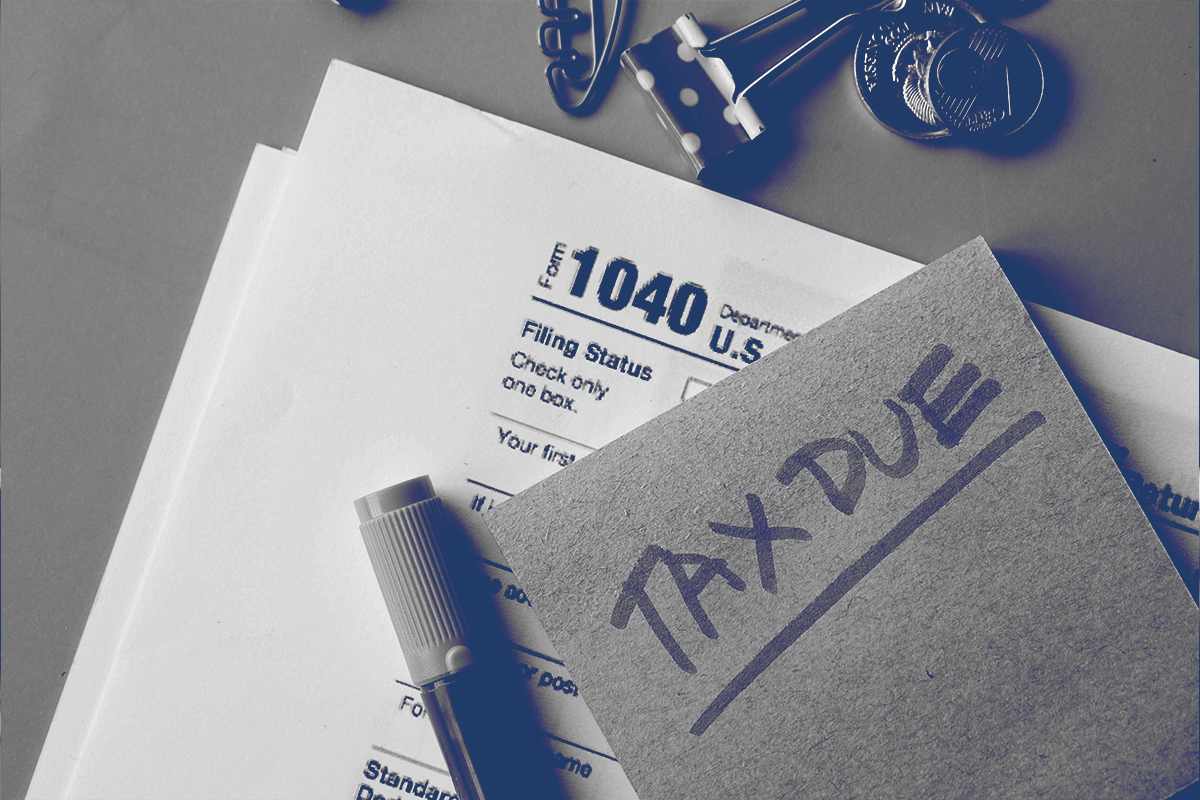Natural disasters, such as wildfires, hurricanes, and floods, leave behind widespread devastation. Victims often face the daunting task of rebuilding their lives while grappling with financial loss. Although insurance and government aid help, these resources often fall short of covering all the damage. Fortunately, the IRS provides a valuable option: casualty loss tax deductions. These deductions allow you to recover some of your financial losses. In this blog, we’ll break down what qualifies for casualty loss deductions, what doesn’t, and how to claim them, especially in light of recent changes to the tax code.

What is a Casualty Loss?
A casualty loss occurs when your property is damaged, destroyed, or lost due to a sudden and unexpected event. These events include natural disasters like floods, wildfires, earthquakes, and tornadoes. It’s important to note that the damage must not be the result of wear and tear or regular deterioration.
For example, if a wildfire destroys your home, you can claim the damage as a casualty loss. However, if your roof is leaking due to age, it won’t qualify. In short, casualty losses must result from unexpected and rare events.
Recent Changes: The Federal Disaster Tax Relief Act
In December 2023, the Federal Disaster Tax Relief Act made significant updates to the tax code, particularly benefiting disaster victims. Previously, taxpayers could only deduct casualty losses if they met certain criteria. The new law eliminates the 10% of adjusted gross income (AGI) rule, which previously made it difficult for many victims to claim their losses.
Now, taxpayers can claim their casualty losses in addition to the standard deduction. This makes the process simpler and allows more people to benefit, particularly those with high incomes or substantial losses.
What Qualifies for Casualty Loss Deductions?
To qualify for a casualty loss deduction, the loss must come from a federally declared disaster. The IRS allows you to deduct the lesser of:
- The Adjusted Basis of the Property: This is the original cost of the property, minus any depreciation and improvements made over time.
- The Decrease in Fair Market Value (FMV): This refers to the difference in the property’s value before and after the disaster.
For instance, if a wildfire reduced your home’s value from $400,000 to $250,000, you could claim a $150,000 loss. However, if the property is only partially damaged, you calculate the loss based on the decrease in its market value, not the adjusted basis.
What Doesn’t Qualify for Casualty Loss Deductions?
Not every loss qualifies for a casualty loss deduction. Some common exclusions include:
- Wear and Tear: Damage due to age or normal maintenance issues doesn’t qualify. For example, if your roof is old and starts leaking, that’s not eligible.
- Insurance Coverage: If your insurance fully covers the damage, you cannot claim a deduction for it. However, if your insurance doesn’t cover the full loss, you can deduct the unreimbursed portion.
- Non-Federally Declared Disasters: The disaster must be officially declared by the president. Events not covered by this declaration are not eligible for the deduction.
- Business Property: The deduction only applies to personal property, such as your home and personal belongings. Business or income-producing property is subject to different rules.

How to Claim Casualty Loss Deductions
To claim a casualty loss, you need to file IRS Form 4684, which is used to report both casualty and theft losses. This form helps you calculate the amount of your loss. Additionally, you’ll need to file Schedule A of Form 1040, which is for itemizing deductions.
Thanks to recent changes in tax law, however, you no longer have to itemize deductions to claim a casualty loss. Instead, you can simply add the loss to your standard deduction, making it easier for most people to claim the benefit.
When Can You Deduct Casualty Losses?
Casualty losses are generally deductible in the year they occur. However, you have the option to deduct them in the preceding year if you need immediate relief. This is especially useful for taxpayers filing after a major disaster has occurred.
For example, if your home was destroyed in a wildfire in late 2024, you could choose to deduct the loss on your 2024 tax return or amend your 2023 return. This flexibility helps victims receive faster financial relief.
Conclusion
If you’ve been affected by a wildfire, hurricane, or other natural disaster, casualty loss deductions can help provide some financial relief. Thanks to recent updates to the Federal Disaster Tax Relief Act, claiming these deductions has become easier and more beneficial than ever before.
At Martinez Income Tax, our team of experts is ready to help you understand what qualifies for these deductions and how to maximize your claim. We’ll work with you to ensure you have all the necessary records and that your tax filings are done correctly, so you get the most out of your tax relief.
Don’t miss out on the assistance you deserve, contact Martinez Income Tax today for a consultation and take the first step toward recovery! Let us guide you through the process and help you navigate your way to a brighter financial future.


